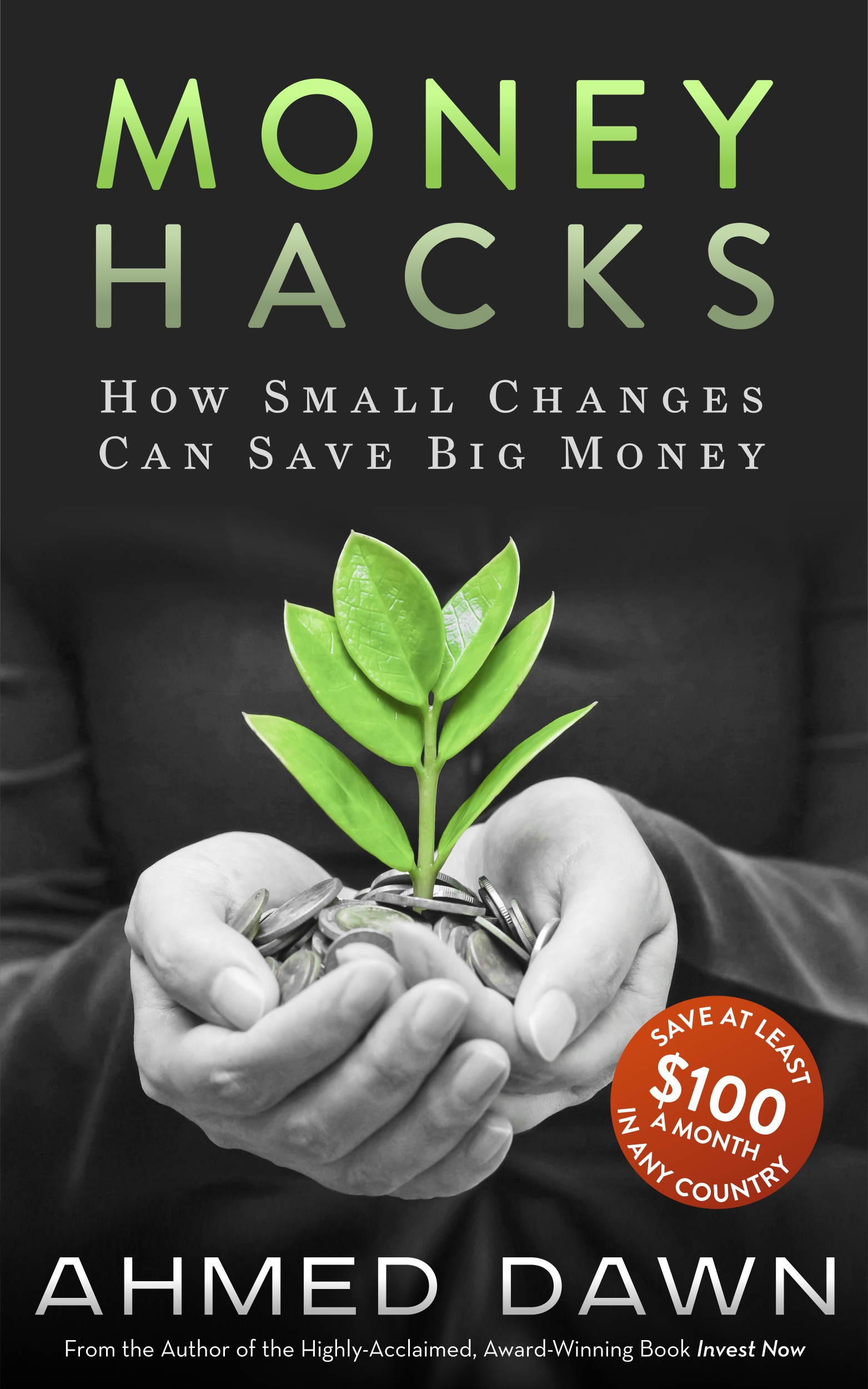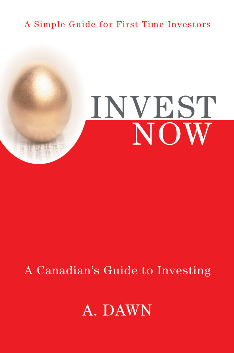Personal Finance Guide for Kids Age-by-Age
/Teaching Children about Money: Goals by Age
First Published Date : August 22, 2010 ADawnJournal.com
Did you know anything about personal finance when you were a kid? I did not, and I hadn’t the slightest idea of how money and finances worked at that time. I wish things were different then. I wish I was taught to prepare myself to face the real world financially. It’s not just me; most of us were not given any money lessons at an early age and at schools and universities. It is time to take lessons from our past. As parents, our goals should be to financially prepare our kids to face the money challenges that exist in the present world. Today, I will present a simple age-by-age personal finance guide for kids. To make things simple, I have broken down the learning time frame into 4 different parts: age 1 to 5, 5 to 10, 10 to 15, and 15 and beyond.
Personal Finance Guide For Kids: Age Up To 5
Kids start to show interest in money and coins at an early age. During this time frame, start teaching kids the basic concepts of money. Here are some ideas:
Introduce them to various coins and bills.
Teach them how different coins and bills add up to a greater bills and coins. For example, 5 pennies make a nickel, 5 Loonies (1 dollar coin) make a 5 dollar bill and so on.
Explain how money and society work. Money is something that we exchange to buy various products and services to take care of ourselves.
Teach where money comes from. We go to work to earn money and this makes us sacrifice our time at home with family.
Buy them a piggy bank and encourage them to save money by putting money in it whenever they have some in their hands.
Personal Finance Guide for Kids: Age 5 to 10
Explain that money is not endless. We need to make choices between products or toys; we can’t have it all, as money is not endless. If your kids ask for many things at a time, an exercise you can do is to give them an amount, such as $5 or $10, and tell them to pick the one they think would be the best.
Tell them we need money to buy food and take care of ourselves. We can’t spend all money as soon as we get it because if we do that, we will be in trouble in the future and won’t have anything to take care of ourselves.
Involve kids in family planning and finances. Ask your kids to participate actively in family meetings regarding future planning and money issues. For example, if you are going on a vacation, ask your kids to research the best deals within your budget or ask everyone, including the kids, for their suggestions on fulfilling goals of making major purchases and so on.
Do not give kids allowance without proper guidance. Help them to budget their allowances, especially a certain percentage (15 to 20%) going to their savings accounts.
Teach them how to pay for a purchase and how to count the change they are getting back from the cashier.
Teach kids the power of giving. Tell them that we are fortunate to live in one of the wealthiest countries on earth and not everyone is as fortunate as we are. Explain to them that we can live a more meaningful and joyous life by sharing and giving what we have to those who are less fortunate.
Explain how a bank works, what a credit card is and why it charges interest.
Explain to them what a budget is and why it is important to stay within a budget. However, do not over-emphasize the budget at this time.
Personal Finance Guide for Kids: Age 10 to 15
It is time to put some concepts you taught your kids in the previous age segment into practice at this time.
Set up a real savings account at the bank. Teach your kids how to handle bank accounts. Teach them about credit cards and how they work. You can also set up a credit card for them with a lower limit. Here is an article to deal with credit cards for kids: Should We Give Credit Cards to Kids?
Help your kids with setting goals. Explain to them how to set up goals and show them how to reach goals by making plans. For example, if they want to buy a bicycle or a gadget, instead of financing the full cost ask them to finance half from their savings by setting up goals to save that much.
Kids should pay for their expenses such as movie tickets, cell phone bills, snacks, etc. themselves. The reason? Using their allowances to pay for stuff they need will make them realize that money is limited and if they waste money on something, they won’t have money to buy other things.
Ask them to exercise the power of giving. Even from their small allowance, they can donate to charities and to those who are less fortunate.
Kids should budget for their expenses at this point and should spend less than their earnings or allowances.
Kids should not be paid for doing regular household chores. However, you can pay them for special projects which are outside regular chores such as such mowing the lawn, cleaning the backyard, and so on.
Personal Finance Guide for Kids: Age 15 and Beyond
This is the most critical time of kids’ lives as they are on the verge of stepping a foot into the real world. Personal finance education should follow a slightly different path at this stage.
Start talking about more targeted personal finance teachings starting this point. Some of the examples are: Investing 101, debt management, credit cards, how financial markets and products work (Invest Now by A. Dawn is a recommended book to learn the basics of financial markets and products), and so on.
Some of the resources you can use for your kids can be found right here, written by your favourite personal finance author A. Dawn. The Personal Finance For Kids Section is just one to mention among a few of them here. There are tons more articles suitable for kids available for free on A Dawn Journal. Take your time to read them to enhance your knowledge on personal finance at your leisure by bookmarking this page.
Just because your kids have reached this age does not mean that you should stop talking about finances. Kids at this age need more financial advice and guidance than ever before. Have open discussions about money and finances whenever opportunity exists.
I have taken my time to write this article suitable “in general” for all kids. These guidelines or tips are not set in stone. It is recommended that, based your kids’ ability or interest, you may need to switch around these tips. For example, if you find your 7-year-old seems to be very interested in learning about finances, try using some tips from the 10 to 15 age group and observe how she reacts. It is the parents’ responsibility to secure their kids’ financial future by guiding them through a solid financial roadmap from their early days.














